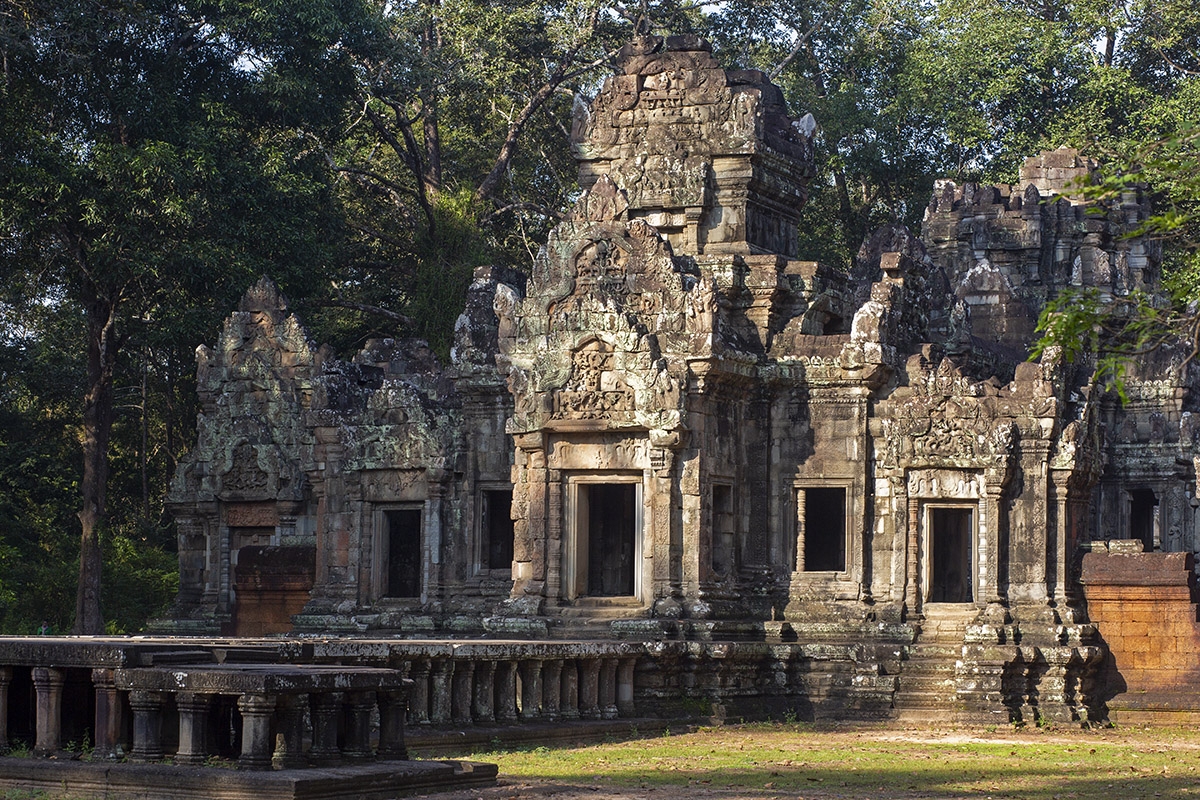- Area: Siem Reap Province > Krong Siem Reab > Sangkat Nokor Thum
- | Type: Ancient Remains & Temples
Chau Say Tevoda (Khmer: ប្រាសាទចៅសាយទេវតា) is a temple at Angkor Archeological Park, Siem Reap Cambodia. It is located just east of Angkor Thom before the Victory Gate and directly opposite Thommanon Temple.
Chau Say Tevoda is often overlooked on a tour of the temples which is a shame, as it is, in my mind at least, a work of art. Additionally, you can enjoy many of the architectural features and decorative art belonging to the height of the ancient Khmer Empire in a condensed form, and peaceful location.
Entering from the east, the site’s highlights include the bollarded entry; the large elevated cruciform terrace and raised causeway supported by round columns, once featuring a naga balustrade; the outer enclosure with entry gopura (gates) at each cardinal point; the two “library” buildings; the central shrine with mandapa (hall); bas reliefs of devata adorning the walls; narrated pediments; and elaborate decoration across its entirety.
The site carries no inscribed record of its foundation with scholars believing it to be between the 11th and 12th centuries, most likely the 12th. It is certainly built in the Angkor Wat style and is believed to have been dedicated to Shiva and Vishnu. The site also features Buddhist imagery, which may be later additions and may have also suffered from destruction during the iconoclastic period post the rule of Jayavarman VII (reign 1181–1218 AD).
Site Layout
The temple has an outer wall with four gopuras at each cardinal point with the main entrance facing east and joining to a raised 25 m long walkway joining a large cruciform terrace that featured a naga balustrade (remnants in situ) which was then proceeded further to the east by a bollarded entryway meeting to what is now the Siem Reap river.
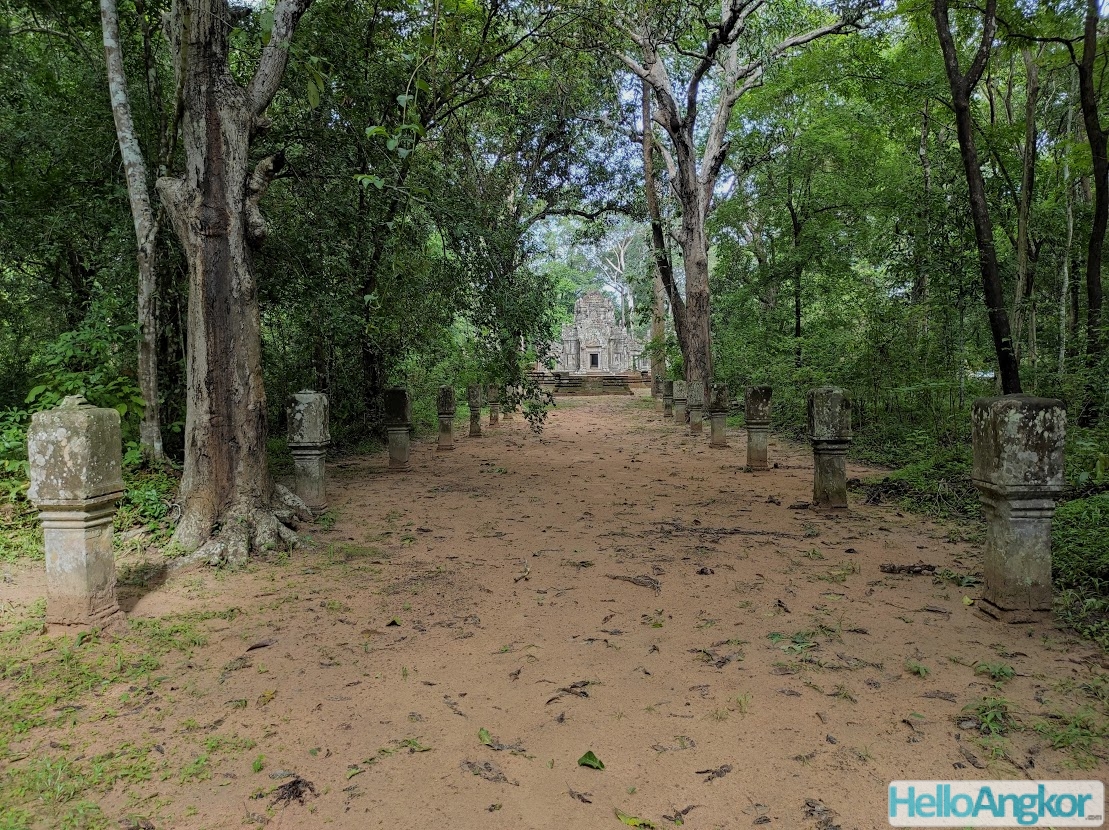

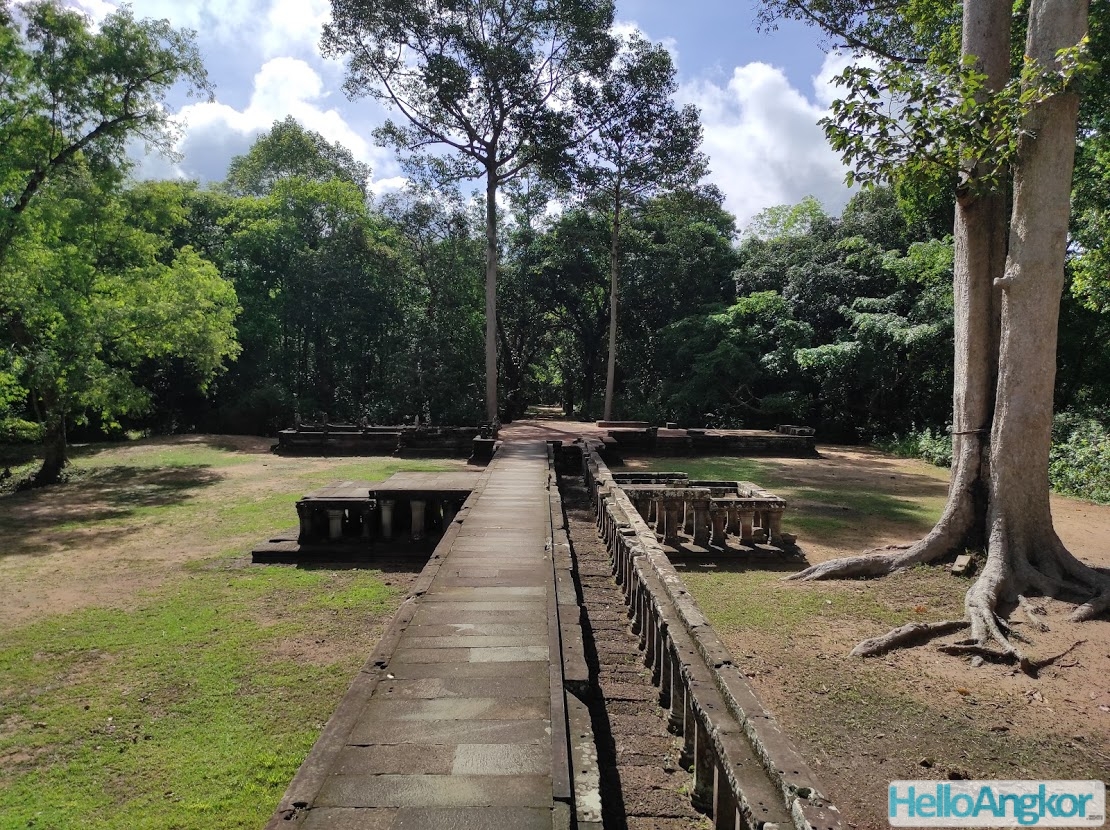
The central shrine is a single tower with a mandapa (hall) extending east which connects via a short elevated terrace to the eastern entry gopura.
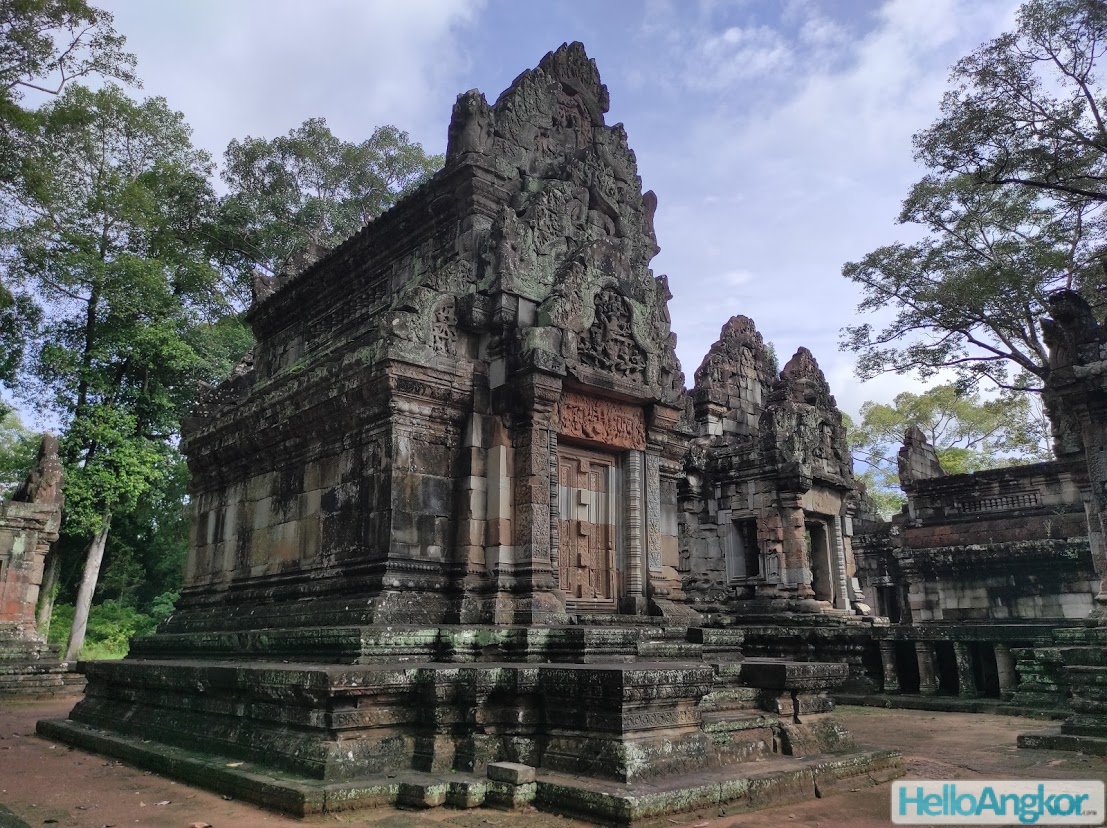
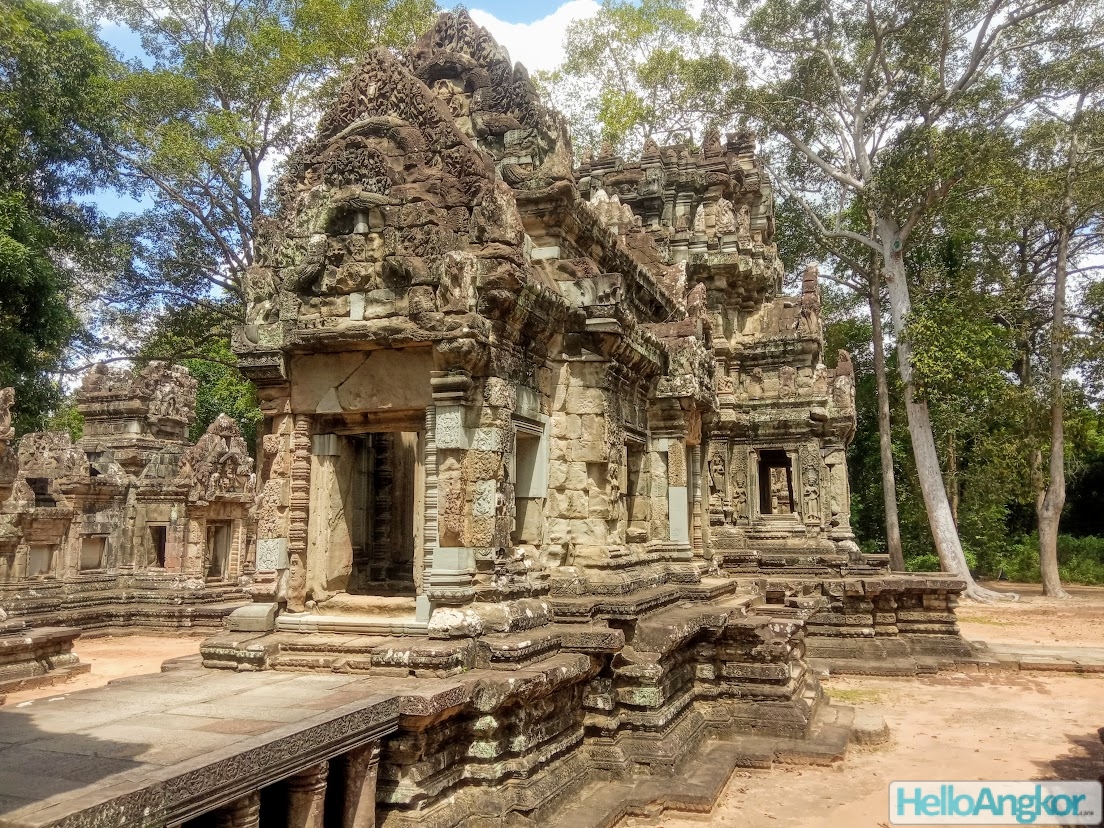
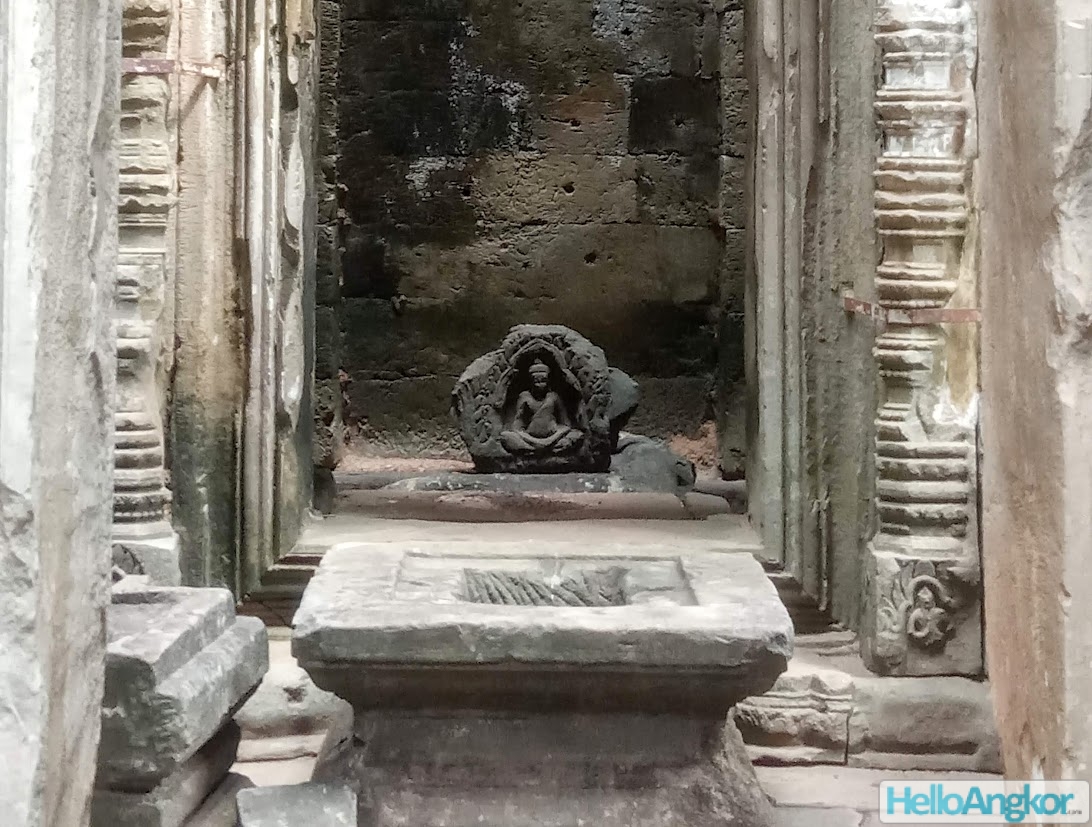
On either side of the central tower are satellite buildings commonly referred to as libraries. The site is highly decorated featuring floral wall patterns, roundels, devata reliefs, lintels (some missing, some damaged, some restored), and ornate pediments depicting Hindu and Buddhist imagery.
The more time you spend here, the more the artwork reveals itself. It’s a highly ornate site, created at the peak of ancient Khmer craftsmanship.




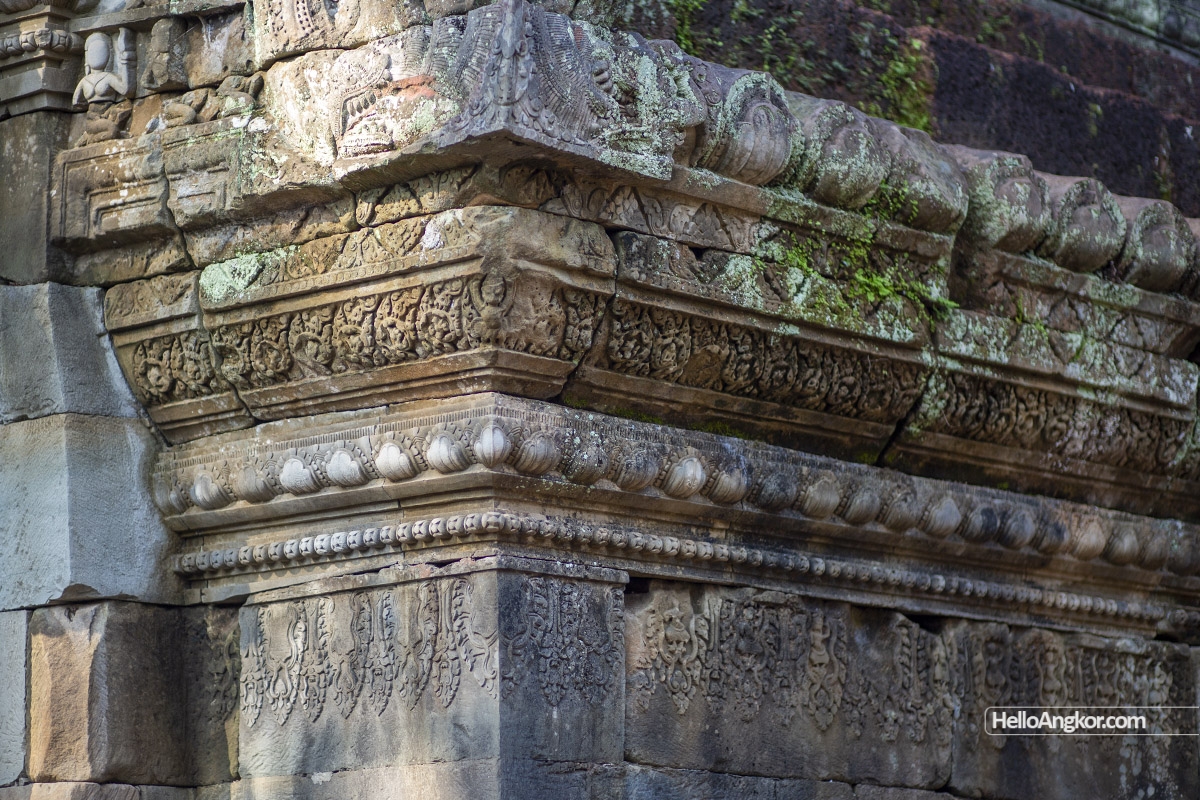
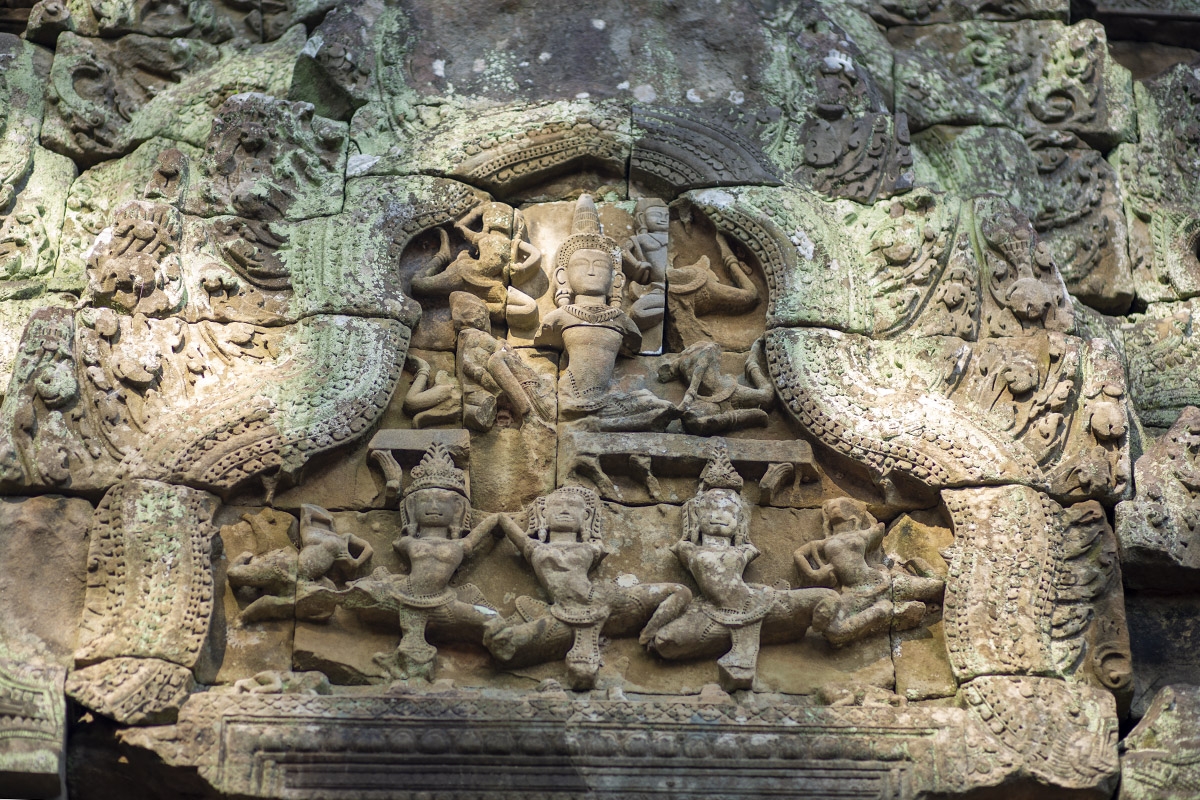
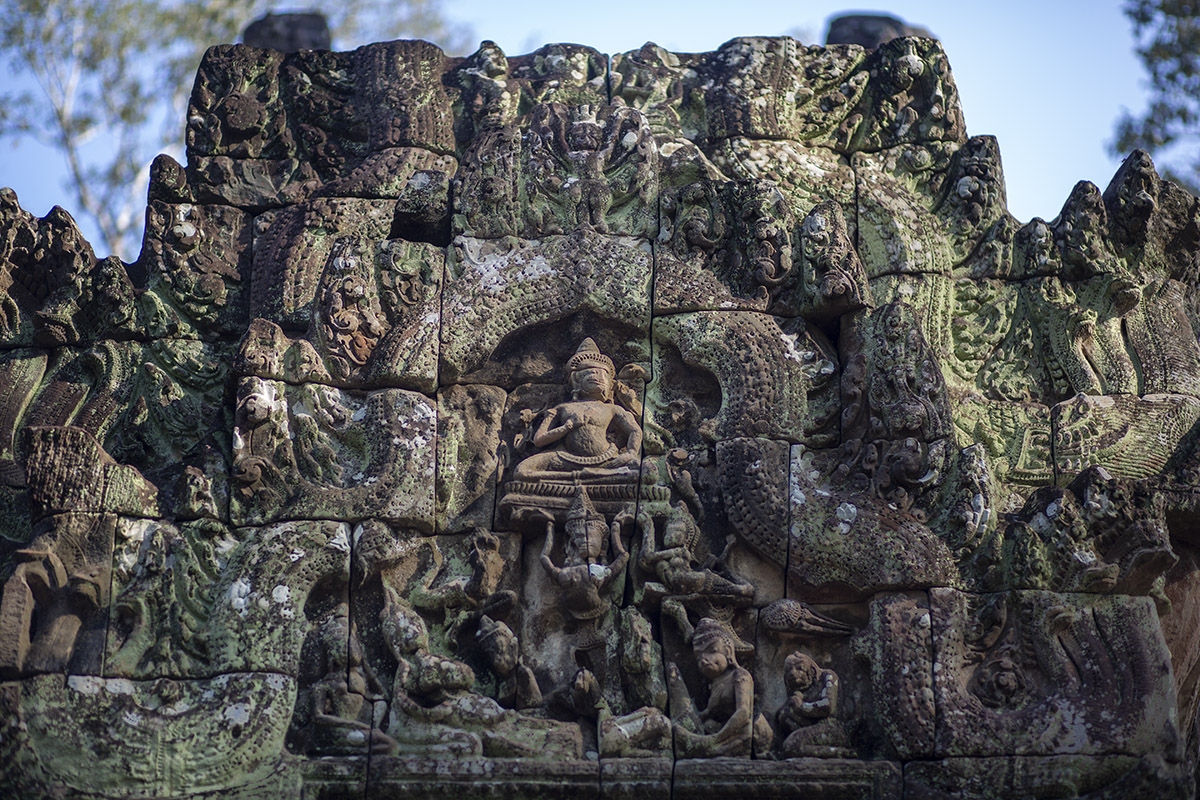

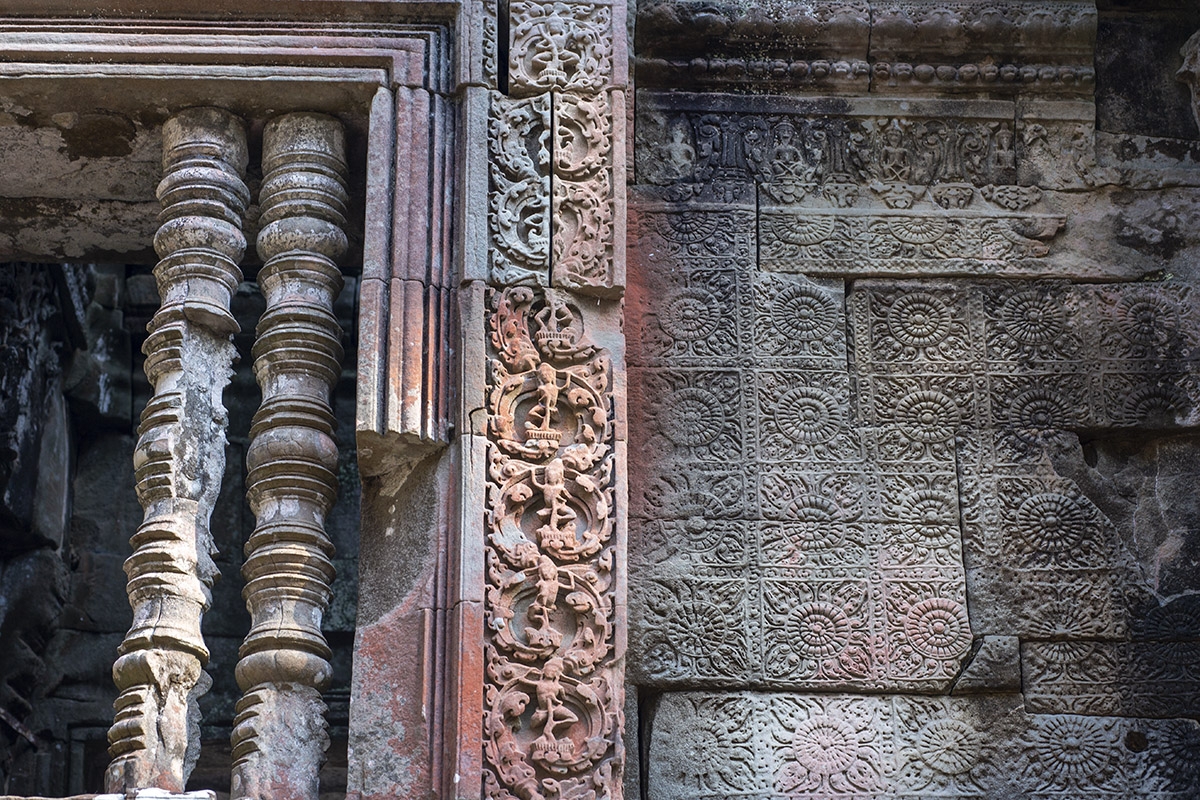



Layout Plan
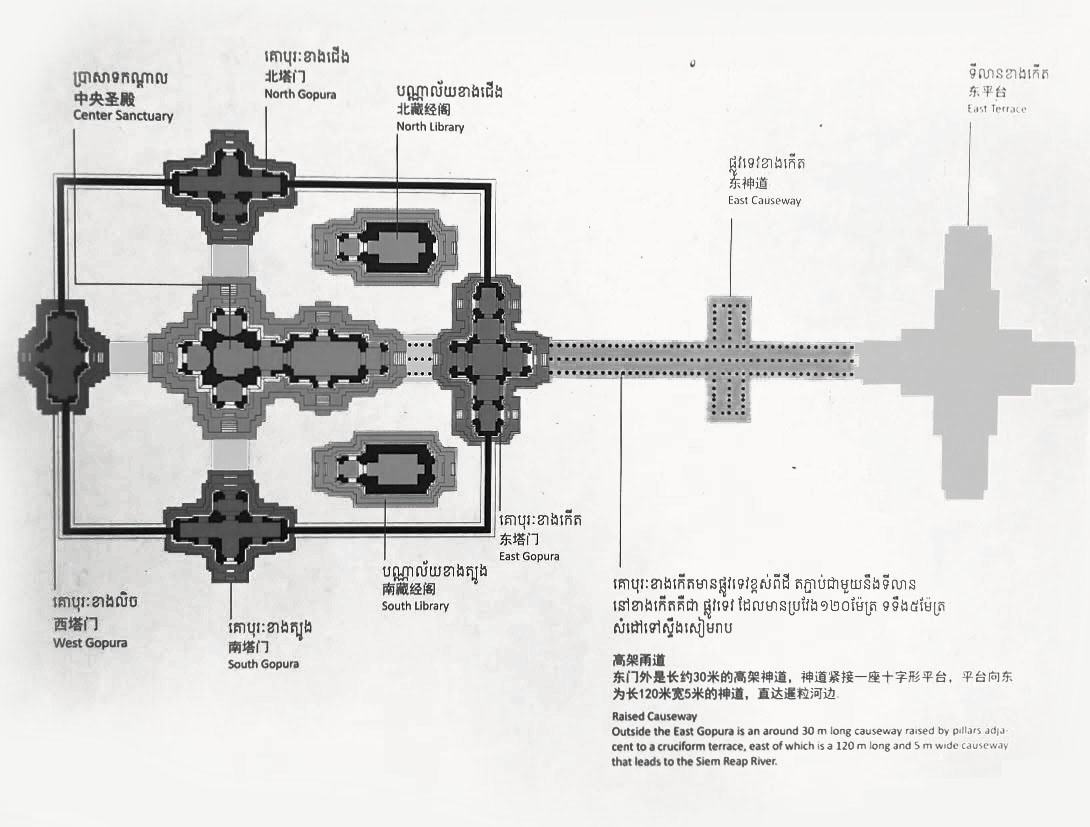
Historical Photos & Restoration
The temple was cleared in the mid-1920s by Henri Marchal and later went through restoration by anastylosis in the 1950s. Several artifacts were discovered at that time including an incredible statue of Nandin (the sacred bull), several Mahayana-era Buddhist sculptures, and more. B/W images are property of EFEO and more can be viewed at Fonds Cambodge.
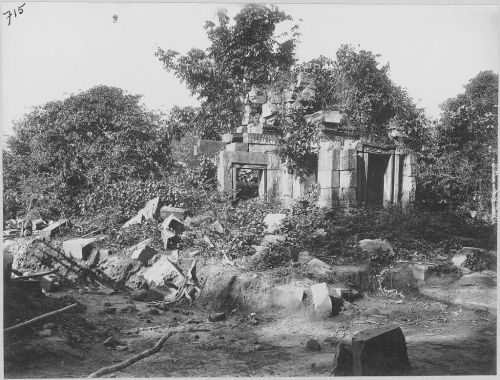

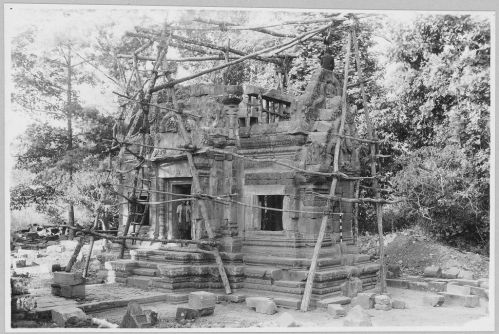
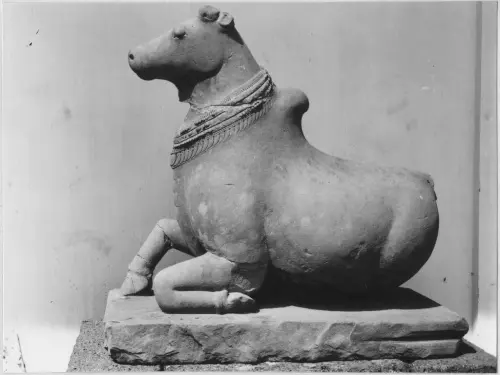


More recently, beginning in 1998 and completed in 2009, APSARA and UNESCO in cooperation with the Chinese Cultural Relics Research Institute, carried out archaeological research at the site discovering a large array of glazed and unglazed pottery, jars, and Chinaware dated to that of the Song and Yuan Dynasties. Excavations also revealed rammed earth roads that led from the four entrances of the temple and the likelihood that the raised terrace, on the eastern entrance and the one joining the central shrine to the east gopura, were built after the construction of the temple.
References and further reading
- Qiao Liang & Li Yu-Qun, Report on Archaeological Research at Chau Say Tevoda Temple, Angkor
Map
Site Info
- Site Name: Chau Say Tevoda Khmer Name: ចៅសាយទេវតា
- Reference ID: HA11674 | Posted: January 20, 2021 | Last Update: September 30th, 2022
- Date/Era: 12th Century
- Tags/Group: 12th Century, Angkor, Angkor Small Circuit, Map: Angkor's Top 30 Temples & Ancient Sites, Map: Top 100 Temples & Ancient Sites (Siem Reap), Temples, Temples detape
- Location: Siem Reap Province > Krong Siem Reab > Sangkat Nokor Thum
- MoCFA ID: 390
- IK Number: 489

